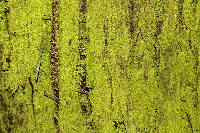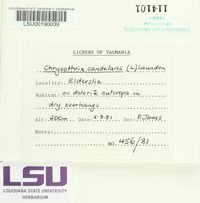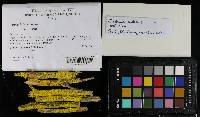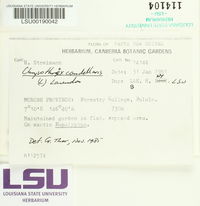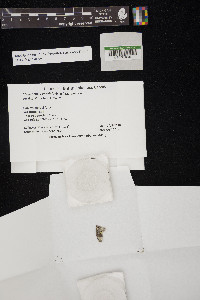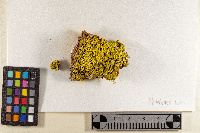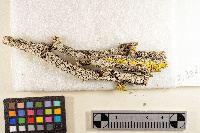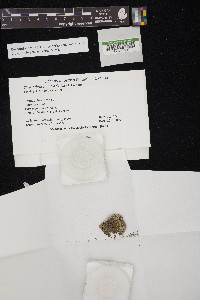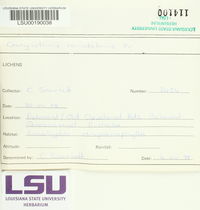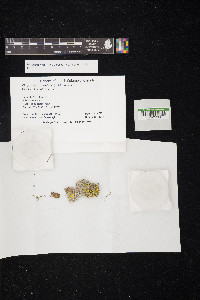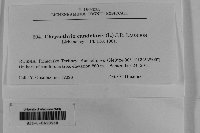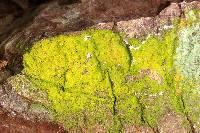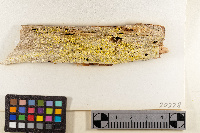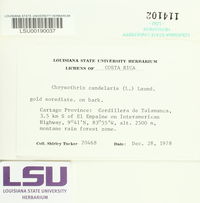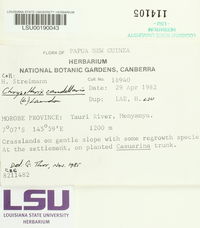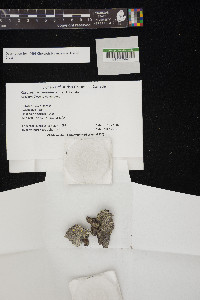
Consortium of Lichen Herbaria
- building a Global Consortium of Bryophytes and Lichens as keystones of cryptobiotic communities -
- Home
- Search
- Images
- Species Checklists
- US States: O-Z >
- US National Parks
- Central America
- South America
- US National Parks
- Southern Subpolar Region
|
|
|
|
Family: Chrysotrichaceae
[Crocynia flava (Schreb.) Hue, moreLepra candelaris (L.) Wiggers, Lepraria candelaria (L.) Fr., Lepraria flava (Schreb.) Ach., Lepraria flava f. flava (Schreb.) Ach., Lepraria flava f. quercina Zopf, Lichen flavus Schreb.] |
Nash, T.H., Ryan, B.D., Gries, C., Bungartz, F., (eds.) 2004. Lichen Flora of the Greater Sonoran Desert Region. Vol 2. Thallus: crustose, leprose, unstratified or, in thick specimens, sometimes indistinctly stratified, indeterminate, thin, irregularly spreading, sometimes forming scattered granules, but usually ±continuous surface: bright yellow throughout, often with an orange or greenish tinge, composed of a mass of fine soredia, 12-30(-40) µm in diam. medulla: usually not evident, in thick thalli sometimes indistinctly present, yellow Ascomata: rare (in the Sonoran region, known from one specimen from Mexico), up to 0.5 mm in diam., ±superficial disc: pale orange, often yellow-pruinose margin: thin, ecorticate, soon becoming excluded exciple: poorly developed, composed of anastomosing hyphae epihymenium: hyaline, up to 18 µm tall, composed of of a reticulate layer of richly branched paraphysoids hymenium: hyaline, up to 50 µm tall (including epihymenium); paraphysoides: 1-1.5 µm wide, richly intertwined in epihymenium; hypothecium: colorless, poorly developed asci: clavate, 8-spored ascospores: 9-14 x 3 µm Spot tests: K- or K+ orange, sometimes darkening to red-black, C-, KC-, P- or P+ orange; UV+ dull orange or UV- Secondary metabolites: calycin and/or pinastric acid. Substrate and ecology: on bark, wood, stone (mainly rhyolite) in dry and shaded microhabitats World distribution: cosmopolitan except for arctic-alpine and antarctic areas Sonoran distribution: coastal California, Arizona, Baja California Sur, Baja California, Chihuahua, Sonora at 1-2550 m. Note: Psilolechia lucida (Ach.) M. Choisy, another unstratified, totally leprose species, is distinct, e.g., by the production of rhizocarpic acid; reports of the species from the Sonoran region have not been substantiated. |
|
|
|
Powered by Symbiota



